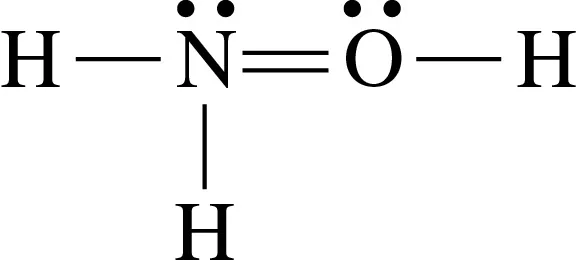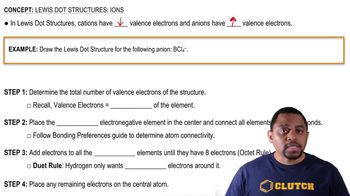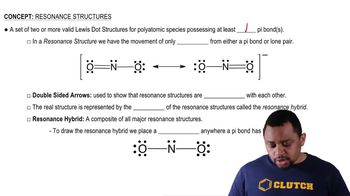Open Question
Determine the Lewis Dot Structure for the diazene molecule, N2H2.

 Verified step by step guidance
Verified step by step guidance Verified video answer for a similar problem:
Verified video answer for a similar problem:



 1:57m
1:57mMaster Lewis Dot Structures: Multiple Bonds Concept 1 with a bite sized video explanation from Jules
Start learning